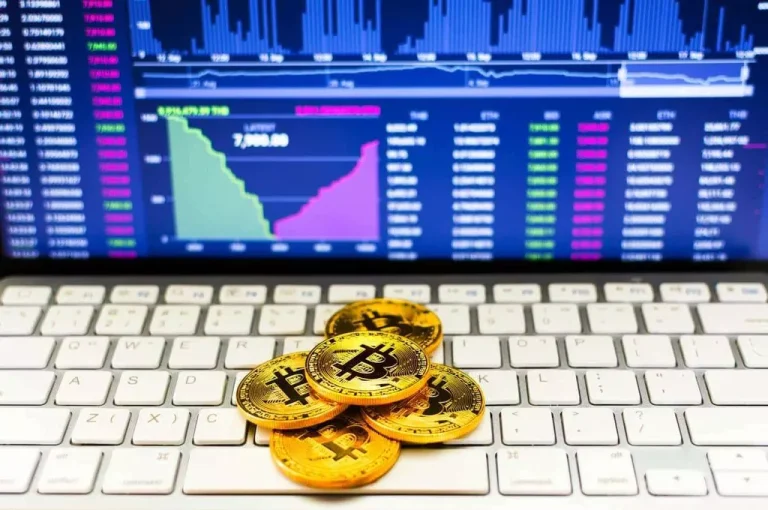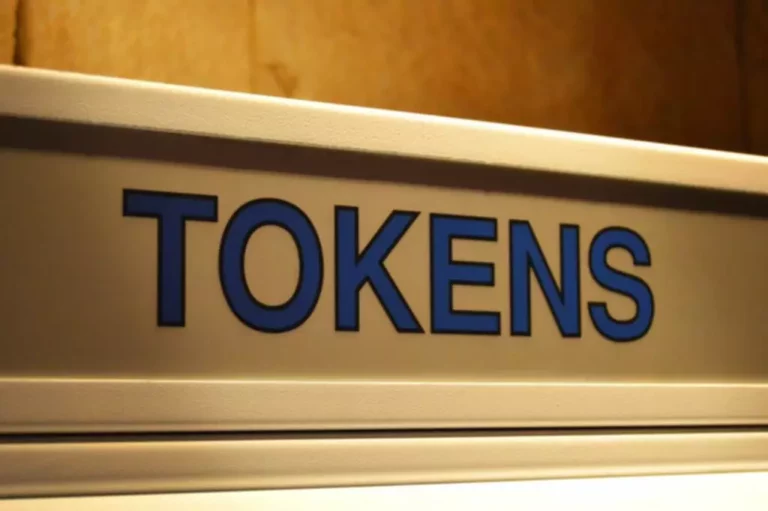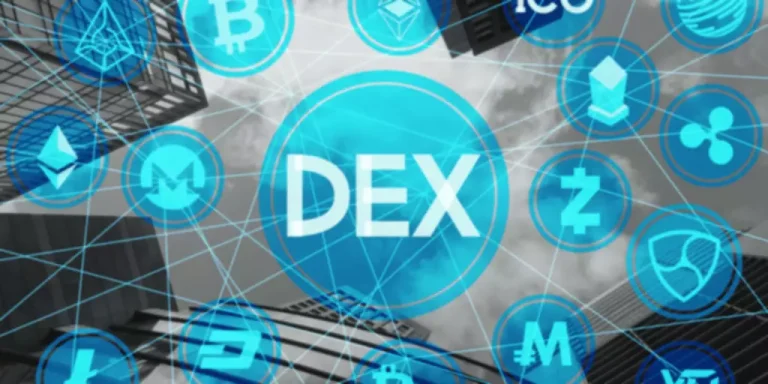Content
Both raised substantial funds quickly due to strong community backing and hype. If you’re using a market order, the purchase will be completed instantly at the best available price. For a limit order, your purchase will occur once the market reaches your specified price. Choosing an exchange with a user-friendly interface and reliable https://www.xcritical.com/ support can make a huge difference, especially if you’re new to crypto. A lot of people confuse an ICO with an IPO (Initial Public Offering), but they have a lot of differences.
Cryptocurrency’s Next Generation: New Crypto Coins on the Block
The low fees, high speeds and ease at which cryptocurrencies can be launched means that there were some highly speculative assets trading on BNB Chain during the pandemic boom especially. While some tokens are launched with high degrees of customization, which can take expertise and time, others come online with a few clicks. It doesn’t require how to find new crypto coins early technical knowledge to launch a token on top of another blockchain—merely a few minutes of their time. Play-to-earn (P2E) games are one of the latest and biggest trends to emerge in the crypto space.
The CoinCodex Cryptocurrency Price Tracker
This dynamic landscape constantly witnesses the emergence of innovative digital currencies that redefine the way we think about money and technology. Powered by Zero Hash’s identity verification service, every customer is validated before cash can be entered into the kiosk for crypto, stablecoin and fiat transactions. Additional controls include Documentary Verification and Liveness Verification before certain services may be enabled.
How to Buy Meme Coins from a Centralized Exchange
The other method of buying new crypto before listing is to buy tokens in crypto presales. A presale is when a project that hasn’t launched its tokens yet offers some of them up for sale. Presales can either be accessible to the public or only available to specific investors (private sales).
How to Find and Buy New Crypto Before Listing?
Aside from knowing how to buy meme coins and a list of the popular ones to purchase, you might want to know the best places to buy meme coins. Popular options to where to buy meme coins include Binance, Bybit, and Kraken, each offering unique features and advantages. If you’re wondering how to find new meme coins presale early, keeping an eye on community-driven projects is key.
With a distinctive emphasis on serving as a store of wealth, Diabase delivers stability and the potential for long-term value appreciation. GOW39 is a forward-looking project with plans to establish a comprehensive product system offering various utilities for its owners. The team is actively implementing multiple features for GOW39, including NFTs, Staking, and a Lucky Spin. Confident in meeting launch schedules and fostering long-term development, the team plans to expand personnel post-launch to further enhance the project with additional products.
In this blog post, we will take a closer look at why new cryptocurrencies are launched, some emerging and new crypto coins, and the risks related to investing in them. Additionally, the unfortunate reality is that some cryptocurrencies are nothing more than scams, launched in a matter of minutes via the processes described above. Founders hope they can make a quick buck while hiding behind the anonymity of the blockchain. You may have even heard of some of the popular tokens launched on Ethereum like meme token Shiba Inu (SHIB), which is an alternative to Dogecoin (DOGE); DAI and the metaverse game The Sandbox (SAND). Cryptocurrencies can be launched easily because, instead of building your own blockchain from scratch, the code of an existing blockchain can be copied. Modifications can be made per the builder’s desires, and a blockchain’s code is often copied without change.
- The platform’s array of services includes token swaps, limit orders, perpetual futures, dollar cost averaging, cross-chain bridging, and the creation of new tokens.
- An airdrop is when a cryptocurrency project gives users tokens for free, usually for promotional purposes or to ensure a fair distribution of the token.
- My interest in financial markets and computers fueled my curiosity about blockchain technology.
- On Dune Analytics, users can write custom queries for blockchain-sourced data and display the information visually with charts.
- Here are some factors to look into and tools you can use to help identify a coin that is not a so-called rug pull (or another scam).
On the other hand, it allows users to access promising cryptocurrency projects before they “go mainstream” with a listing on major exchanges such as Binance. Dogecoin has been one of the most popular cryptocurrencies, and Doge2014 let traders buy its new coin at the starting Doge price of yesteryear as part of its presale. Investing in new cryptocurrencies can offer significant returns, especially if the project gains widespread adoption or solves a critical problem in a novel way. Early investors in successful projects can benefit from price appreciation as the project matures. Additionally, investing in new cryptocurrencies allows individuals to support innovation and be part of potentially transformative technologies in the blockchain and digital asset space.
Despite its humble beginnings, it’s now widely accepted for payments by some retailers and remains popular due to its active online community and endorsements from figures like Elon Musk. When choosing a reliable centralized exchange, there are a few factors to keep in mind. First, ensure the platform supports the meme coin you’re interested in, whether it’s Dogecoin, Shiba Inu, or one of the newer ones. A special mention should be made of the mechanisms that are now implemented in the messenger Telegram.
Before making financial investment decisions, do consult your financial advisor. One key factor to consider in how to find the next meme coin is the community behind a meme coin. Coins with strong, active communities are more likely to succeed because their growth depends on people promoting and believing in them. Look for passionate and engaged users on forums and social channels—they’re the backbone of any successful meme coin. Whenever you initiate a swap or transaction, SushiSwap will prompt you to approve it. This ensures all actions are securely processed through your hardware wallet, protecting your assets.
Platforms like Solana and Ethereum host many presale events, where developers raise funds for their projects by selling tokens before the official launch. One rising trend in the space is the new meme coins presale, where tokens are sold before their official launch. It offers investors a chance to buy into a project early, often at a discounted rate, hoping the coin will gain significant value upon public release.
One of the most powerful features of DEXes is that anyone can list tokens on them as long as they are willing to provide some liquidity. In theory, you can list a token on a DEX just a few seconds after the token is created – there is no listing approval process or other red tape to deal with. Before we continue, we should clarify that investing in new crypto projects is a highly risky activity and that you’ll be much more likely to lose money than make money.
There is a huge popularity of games and apps, in which users, performing certain actions and tapping on the phone screen, get good Airdrop rewards in form of tokens of these projects. If you want more tips on how to buy new crypto coins before they’re listed, check out our article covering how you can find new meme coins early. You can also sort token sales based on their start and end dates or take a look at our extensive library of completed token sales with detailed information. On CoinCodex, you can also find a list of new cryptos, which will allow you to stay on top of the latest developments in the crypto and blockchain space. These tokens and networks represent just a glimpse into the burgeoning world of crypto innovation.
The underlying technology of cryptocurrencies, blockchain, is not immune to technical challenges. Security vulnerabilities, software bugs, and potential network attacks can threaten blockchain networks’ integrity. Developers and project teams must actively address and mitigate these risks to maintain the trust and security of their ecosystems. Book.io stands as a multi-chain platform (Cardano, ETH, Algorand, Polygon), revolutionizing the deployment of fully decentralized audiobooks and ebooks for authors and publishers.










